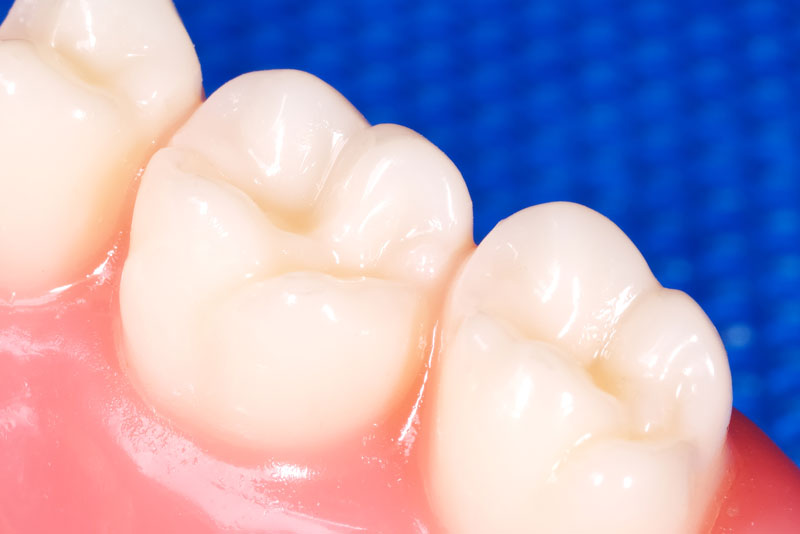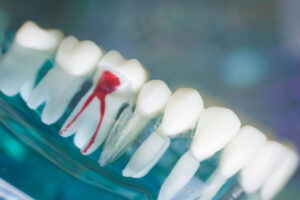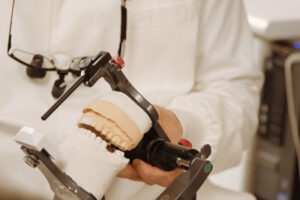A tooth crown in Reno, NV, often referred to simply as a ‘crown,’ is a type of dental restoration that completely caps or covers a tooth or dental implant. Tooth crowns are often needed when a large cavity threatens the ongoing health of a tooth. They are typically bonded to the tooth using dental cement. While tooth crowns are made to be durable and long-lasting, they may also need to be replaced.
Why Do Tooth Crowns In Reno, NV Need To Be Replaced?
Tooth crowns may need to be replaced for several reasons. The most common include wear and tear over time, tooth decay under the crown, and damage due to trauma or injury. Even though tooth crowns are highly durable, they may get damaged due to wear and tear over time. Over years of chewing and biting, the crown may get worn down, necessitating a tooth crown replacement.
Additionally, if the underlying tooth becomes decayed, the tooth crown may not fit properly. A tooth crown that does not properly fit can lead to discomfort and potentially further damage. Trauma or injury to the mouth can also damage a tooth crown, causing it to crack or chip. In such cases, replacing the tooth crown is essential for the patient to maintain oral health and functionality.
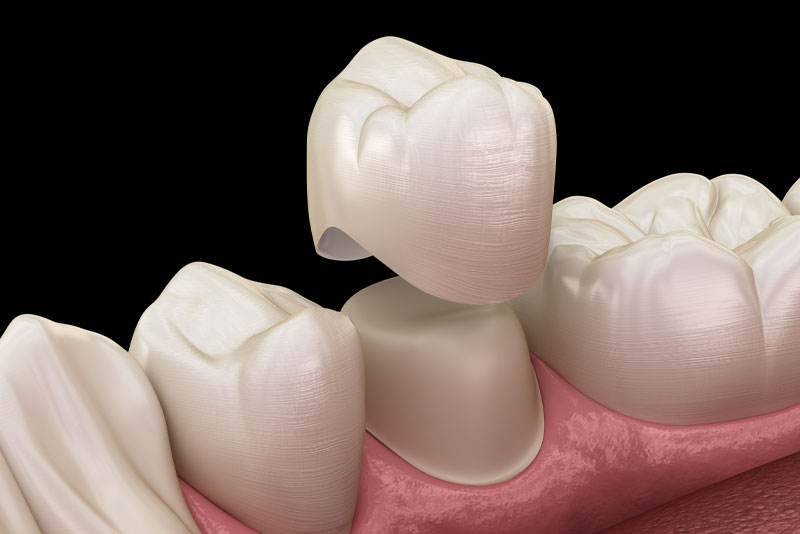
How Is A Tooth Crown In Reno, NV Replaced?
Replacing a tooth crown involves several steps. First, the dental professional will carefully remove the old tooth crown, ensuring that the underlying tooth structure is preserved. Once the old tooth crown is removed, the dental professional will clean the area and inspect the tooth. If there are no further issues, an impression of the tooth will be made. This impression will serve as the blueprint for the patients new, customized tooth crown.
The impression is sent to a dental lab where the new tooth crown will be created. Once the new tooth crown is ready, the dental professional will check the fit and color of it, making adjustments if necessary, before permanently cementing it to the patients tooth or teeth. It’s important to note that every patient and every tooth is unique, so the process may vary slightly depending on individual circumstances.
Crown on a Natural Tooth vs. Crown on a Dental Implant
When it comes to dental restorations, crowns can be placed either on a natural tooth or on a dental implant. While both options serve the purpose of restoring function and aesthetics, there are significant differences in their application, process, and long-term care. Here’s a comprehensive comparison of crowns on natural teeth versus crowns on dental implants.
Crown on a Natural Tooth
1. Purpose and Indications: A crown on a natural tooth is typically used to restore a tooth that is damaged, decayed, or weakened. Common reasons for placing a crown on a natural tooth include:
- Large cavities that compromise the tooth’s structure
- Fractures or cracks
- Root canal treatment, which can leave the tooth brittle
- Cosmetic improvements, such as correcting the shape or color of a tooth
2. Process:
- Tooth Preparation: The natural tooth is shaped and reduced in size to accommodate the crown.
- Impression: An impression of the prepared tooth is taken to create a custom crown that fits perfectly.
- Temporary Crown: A temporary crown may be placed while the permanent crown is being fabricated.
- Cementation: The final crown is cemented onto the natural tooth, restoring its shape, size, and function.
3. Considerations:
- Tooth Structure: The health and integrity of the remaining tooth structure are crucial. The underlying tooth can still be affected by decay or gum disease.
- Durability: While crowns are durable, they may wear down or need replacement over time, especially if the natural tooth undergoes further decay or damage.
- Aesthetics: Crowns can be made from various materials, such as porcelain, metal, or a combination, to match the natural teeth.
Crown on a Dental Implant
1. Purpose and Indications: A crown on a dental implant is used to replace a missing tooth entirely. Dental implants are titanium posts surgically placed into the jawbone, serving as artificial tooth roots. Indications for dental implants include:
- Replacement of a single missing tooth
- Support for a dental bridge
- Replacement of multiple teeth with implant-supported dentures
2. Process:
- Implant Placement: The dental implant is surgically placed into the jawbone. This process may involve bone grafting if there is insufficient bone density.
- Healing and Osseointegration: The implant integrates with the bone over several months, providing a stable foundation.
- Abutment Placement: An abutment, a connector piece, is attached to the implant post after healing.
- Crown Attachment: A custom-made crown is then attached to the abutment, completing the restoration.
3. Considerations:
- Stability and Strength: Dental implants provide superior stability and strength as they are anchored in the jawbone. They do not rely on adjacent teeth for support, reducing the risk of affecting neighboring teeth.
- Longevity: Implants are designed to last a lifetime with proper care. The crowns on implants may need replacement due to wear, but the implant itself is permanent.
- Aesthetics and Function: Implant-supported crowns offer excellent aesthetics and mimic the natural tooth’s function closely. They prevent bone loss in the jaw, maintaining facial structure.
Key Differences
- Biological Structure: Crowns on natural teeth involve a natural tooth’s root system, while crowns on implants replace both the tooth and its root.
- Procedure Complexity: Implant procedures are more complex, involving surgery and a longer healing period. Crowns on natural teeth usually require less invasive procedures.
- Maintenance: Crowns on natural teeth require careful oral hygiene to prevent decay and gum disease. Implant-supported crowns also require good oral hygiene but are not susceptible to decay.
- Longevity and Durability: Implants generally offer a longer-lasting solution, while natural tooth crowns may require replacement due to underlying tooth issues.
Choosing between a crown on a natural tooth and a crown on a dental implant depends on several factors, including the condition of the existing tooth, the patient’s overall oral health, and their long-term dental goals. Consulting with a skilled dental professional can help determine the best option for each individual’s needs. Whether restoring a damaged tooth or replacing a missing one, both types of crowns play a crucial role in maintaining oral health and aesthetics.
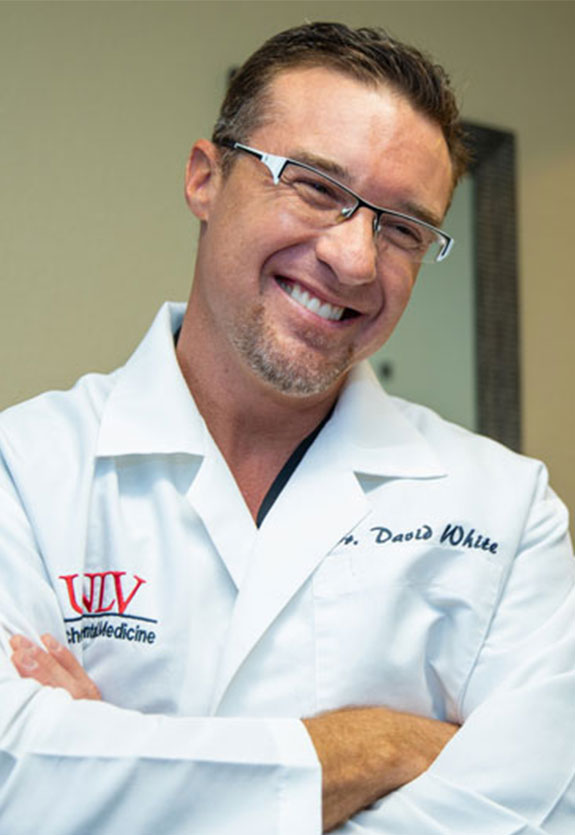
Come To Our Office For Your Tooth Crown Replacement
Are you ready to get your tooth crowns expertly replaced? Our dedicated and skilled office can expertly replace your tooth crowns. Why wait to improve your smile with us? Dr. David White and our exceptional team at our office to schedule an appointment today!


